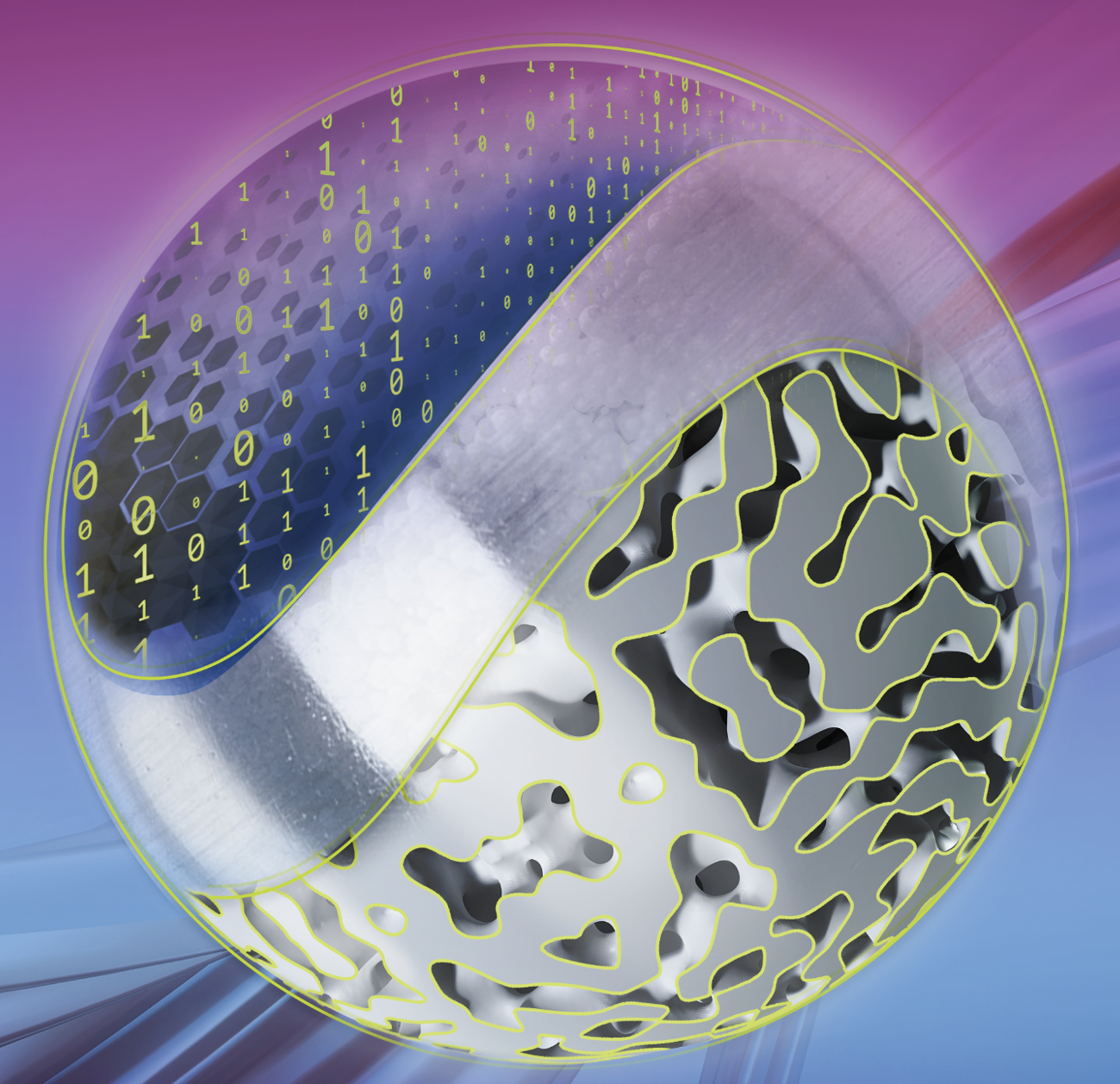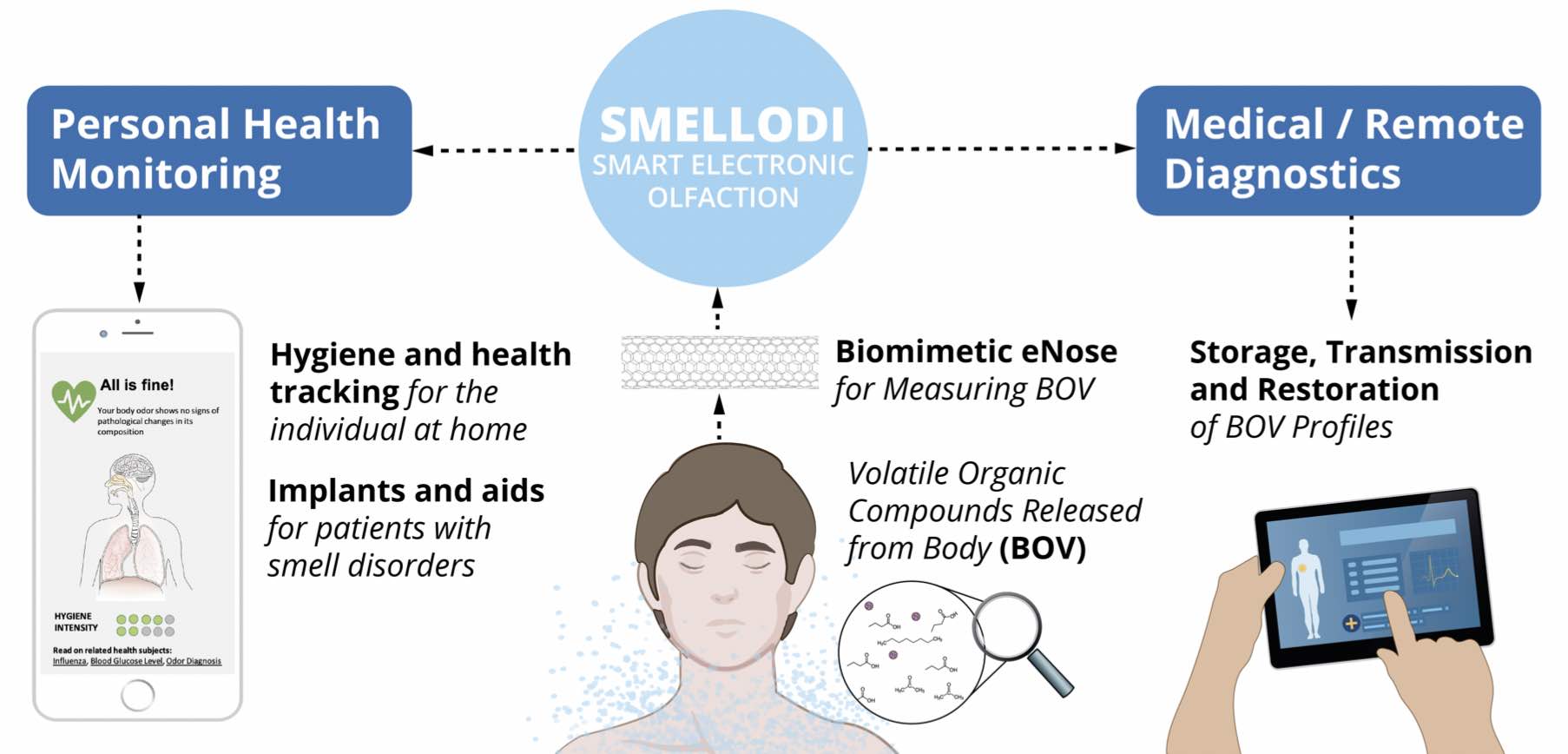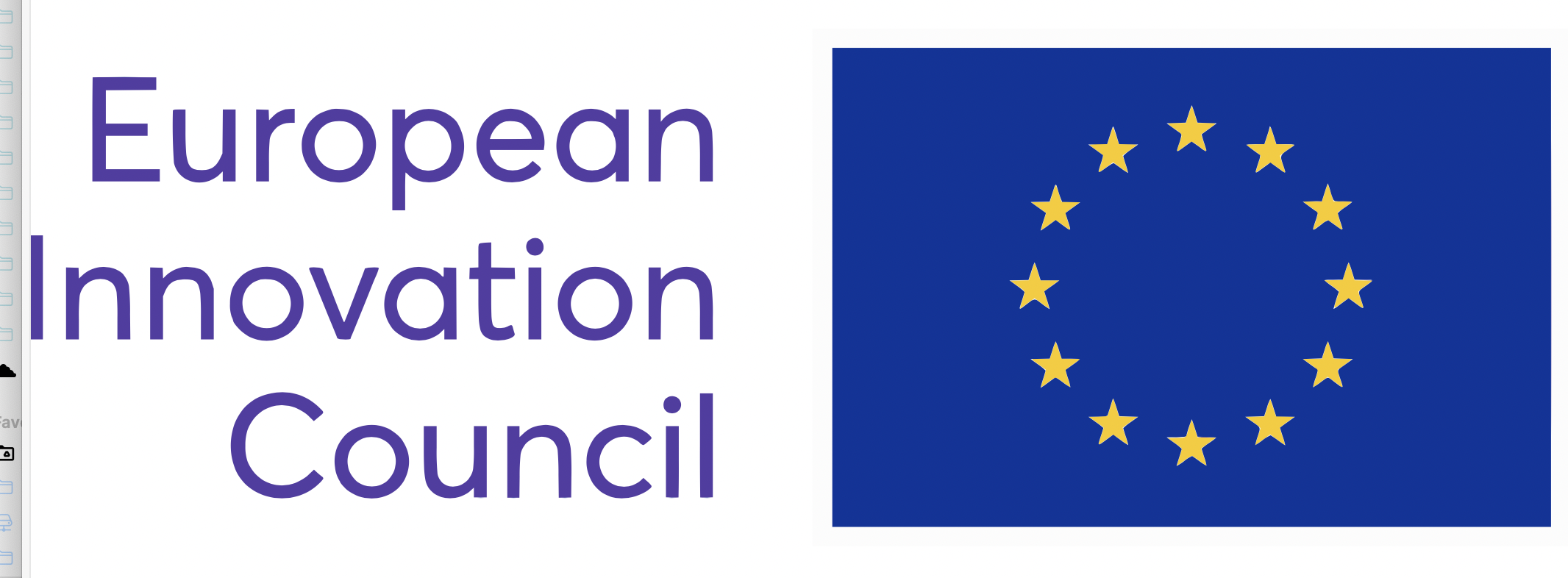
Computational design of sensing materials has been a challenging task in recent years due to the lack of design principles that correlate the vast configurational space of organic materials with their sensing properties. Although several single property tuning rules have been proposed both theoretically and experimentally, a quantitative and systematic principle satisfying multiple gas sensing criteria is still missing. Another challenge in this field is the evaluation of the molecular adsorption behavior, which usually relies on the time-consuming DFT calculations. Huge progress has been achieved for planar metal surface and small gas molecules, however the solution is still needed to be investigated towards more complex molecule and surface e.g. body odor volatilomes and olfactorial receptor functionalization on graphene surface. To address these challenges and accelerate sensing materials design, we present the MORE-Q dataset using quantum-mechanical (QM) simulations for dimer systems composed of body odor volatilomes (BOVs) and olfactorial receptors. The dataset contains abundant QM properties of diverse BOV-receptor systems, both in the gas phase and when deposited on a graphene surface. The dataset contains 23,838 and 10,443 systems of BOV-receptor interaction in gas phase and on graphene surface interaction to obtain the sensing-related binding features such as adsorption energy, charge transfer, and work function change, which characterize three essential aspects for gas sensing: recovery time, electro-gating effect and contact potential. After analyzing the property space spanned by MORE-Q, we observed flexibility when searching for a dimer configuration with a desired set of electronic binding features. To gain insights into the complex interplay between these sensing properties, an ensemble learning method (XGBoost) was constructed for the fast evaluation of BOV adsorption behavior using only the dimer configurations properties. The results show a significant increase in model performance by adding multiple conformers to the training procedure, and SHAP analysis identifies the most relevant descriptors for predicting the binding features. Finally, a generative design strategy integrated with the aforementioned surrogate models is carried out to discover the BOV-receptor pairs satisfying the gas sensing criteria. Our work provides valuable insights into the sensing mechanism of BOV molecules and paves the way for the computational design of receptors with targeted sensitivity and selectivity towards the digital olfaction, as illustrate in Fig. 1.









Computational design of sensing materials has been a challenging task in recent years due to the lack of design principles that correlate the vast configurational space of organic materials with their sensing properties. Although several single property tuning rules have been proposed both theoretically and experimentally, a quantitative and systematic principle satisfying multiple gas sensing criteria is still missing. Another challenge in this field is the evaluation of the molecular adsorption behavior, which usually relies on the time-consuming DFT calculations. Huge progress has been achieved for planar metal surface and small gas molecules, however the solution is still needed to be investigated towards more complex molecule and surface e.g. body odor volatilomes and olfactorial receptor functionalization on graphene surface. To address these challenges and accelerate sensing materials design, we present the MORE-Q dataset using quantum-mechanical (QM) simulations for dimer systems composed of body odor volatilomes (BOVs) and olfactorial receptors. The dataset contains abundant QM properties of diverse BOV-receptor systems, both in the gas phase and when deposited on a graphene surface. The dataset contains 23,838 and 10,443 systems of BOV-receptor interaction in gas phase and on graphene surface interaction to obtain the sensing-related binding features such as adsorption energy, charge transfer, and work function change, which characterize three essential aspects for gas sensing: recovery time, electro-gating effect and contact potential. After analyzing the property space spanned by MORE-Q, we observed flexibility when searching for a dimer configuration with a desired set of electronic binding features. To gain insights into the complex interplay between these sensing properties, an ensemble learning method (XGBoost) was constructed for the fast evaluation of BOV adsorption behavior using only the dimer configurations properties. The results show a significant increase in model performance by adding multiple conformers to the training procedure, and SHAP analysis identifies the most relevant descriptors for predicting the binding features. Finally, a generative design strategy integrated with the aforementioned surrogate models is carried out to discover the BOV-receptor pairs satisfying the gas sensing criteria. Our work provides valuable insights into the sensing mechanism of BOV molecules and paves the way for the computational design of receptors with targeted sensitivity and selectivity towards the digital olfaction, as illustrate in Fig. 1.







